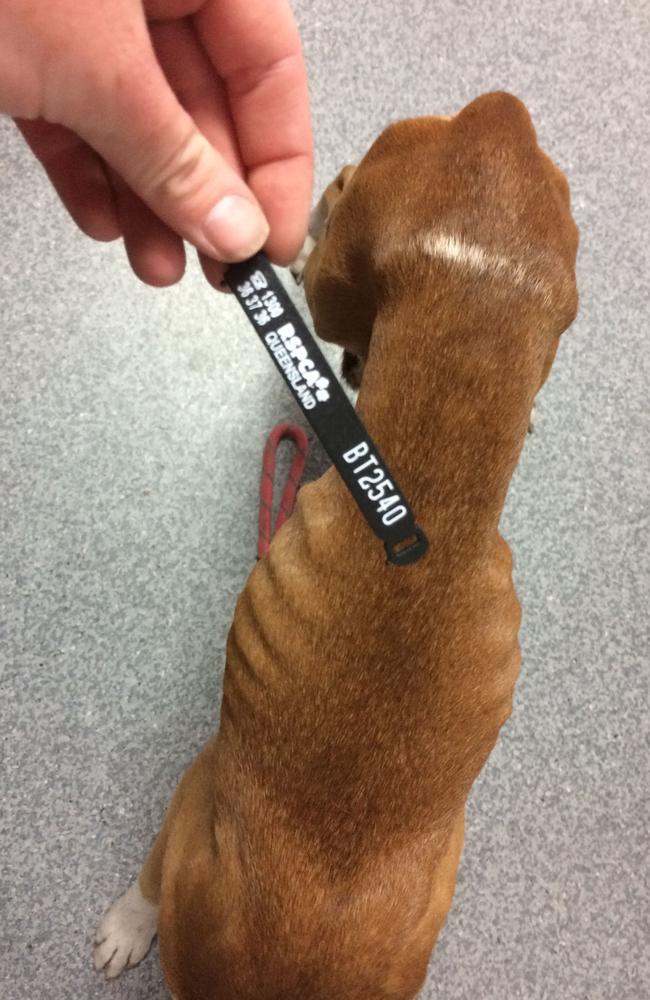In an age where transparency and accountability are revered, the proposal to publicly name and shame individuals who commit acts of animal cruelty has stirred significant debate. On one hand, proponents advocate for this approach as a means of deterring potential offenders and fostering communal vigilance. On the other hand, critics argue that public shaming could lead to dire consequences, both for the offenders and the broader community. This complex dilemma calls for a multidimensional analysis of the ethical implications, societal impact, and potential efficacy of such a practice.
At the confluence of morality and justice lies the concept of naming and shaming. When one considers animal cruelty as a heinous act of violence, it evokes a moral outcry akin to that stirred by abuses against human beings. Animals, often seen as vulnerable and voiceless, become the embodiment of innocence, and their suffering reflects a shadow cast upon societal values. Thus, publicly identifying those who perpetrate such cruelty may serve as a corrective measure, a beacon of hope for the silenced creatures that deserve protection from malevolent forces.
Public shaming has historical precedents; ancient societies often utilized it as a mechanism of social control, branding wrongdoers to deter future offenses. In contemporary contexts, social media has heightened the potency of public scrutiny, allowing for instantaneous dissemination of information. If wielded judiciously, this newfound power could prompt societal reflection on the standards we hold for the treatment of animals. To call out abusers, irrespective of their demographic or social status, could cultivate an environment where the normalization of cruelty becomes aberrant, a moral transgression easily recognizable to all.
Yet, the ramifications of public shaming can be as dark as the actions it seeks to denounce. It invites the potential for vigilante justice, where individuals may feel emboldened to take the law into their own hands. This could lead to a cycle of retaliatory violence, wherein the abuser becomes the focus of community resentment, which could spiral into further harm—both to the individual named and the animals they purportedly victimized. The very essence of justice is rooted in accountability, yet when public shaming overshadows due process, it invites us to question the fairness of the very system we hope to uphold.
Furthermore, the psychological ramifications for those publicly accused can be profound and insidious. An individual’s life can be irrevocably altered, regardless of their guilt or innocence. The label of “animal abuser” could stick like a dark stain, creating an environment where redemption becomes an uphill battle. This stigma may not only hinder rehabilitation but also exacerbate the very behaviors we seek to curtail, pushing individuals deeper into isolation and resentment. Thus, the risk of escalation in cruelty—both to animals and potentially to humans—emerges as a troubling counterargument against public shaming.
In contemplating the nuances of publicly naming animal abusers, it is also essential to evaluate the behavior of societal onlookers. Naming and shaming may elicit a collective call to action, galvanizing communities to adopt more proactive measures in protecting animals. When society holds abusers accountable, it fosters an ethos whereby empathy and compassion are paramount. However, this assumes that societies can separate the act from the individual, allowing for the possibility of change and growth post-transgression.
The success of naming and shaming is contingent upon the nature of the animal cruelty itself. Cases characterized by egregious intent and premeditated harm may warrant public rebuke far more than those rooted in ignorance or miscommunication. Thus, discernment becomes crucial. A nuanced approach, differentiating between the seasoned abuser and a misguided individual, lends itself to more effective outcomes, promoting rehabilitation instead of simply retribution.
Education serves as another vital pillar in any discourse surrounding animal welfare. By prioritizing the dissemination of knowledge regarding responsible animal care and ethical treatment, society can lay the groundwork for a cultural shift that diminishes instances of cruelty. Knowing the legal ramifications of one’s actions—or, more poignantly, the capacity for animals to suffer—can have a far-reaching impact that transcends the stifling grip of shame. Moreover, education opens doors for dialogues that might help those uninitiated in humane treatment cultivate a sense of empathy.
In the court of public opinion, the narrative surrounding animal abusers is multifaceted. While the instinct to name and shame resonates with those seeking immediate accountability, the potential ramifications must also be considered. Society must balance a commitment to justice with a deep understanding of the human condition—a respect for the complexities that exist within all individuals. The path forward requires concerted efforts that emphasize recovery, education, and the fundamental rights of all sentient beings. Ultimately, the conversation must transition from mere condemnation to a comprehensive approach that advocates for prevention, rehabilitation, and above all, compassion.
Therefore, while the argument to name and shame animal abusers possesses a distinctive appeal—offering a semblance of immediate justice—it is essential to engage in a broader discourse that addresses the implications of such actions. Only through careful consideration can society foster a more humane environment, one where animals are protected not solely through the shame of the few but through the enlightenment of the many.








